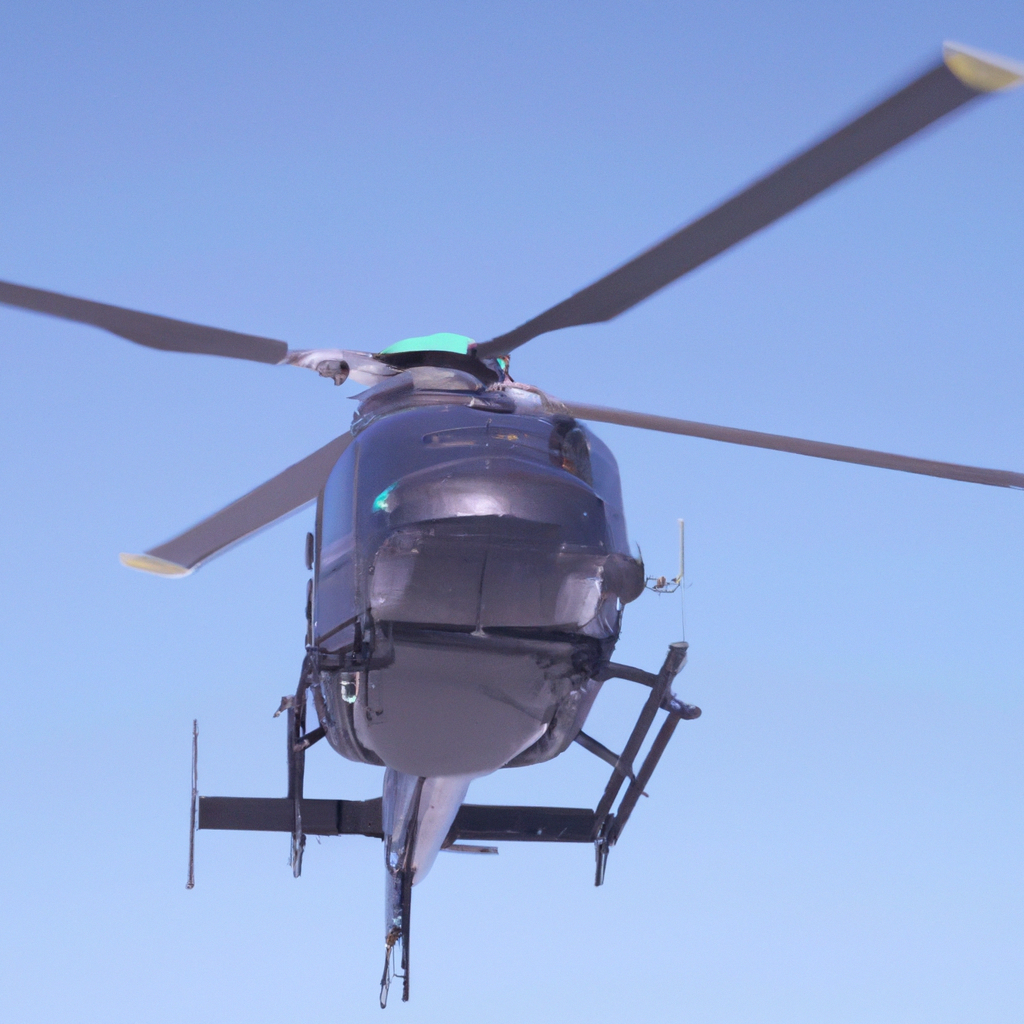A helicopter is a rotorcraft that utilizes rotor blades to generate lift and propulsion. Unlike fixed-wing aircraft that require forward motion to create lift, helicopters can take off and land vertically, hover in one place, and fly in any direction. In this article, we will explore helicopter flight, rotorcraft aerodynamics, helicopter lift, helicopter physics, helicopter rotor, and helicopter engineering to understand how a helicopter flies.
Helicopter Lift
The lift generated by a helicopter is due to the rotation of its rotor blades. As the rotors spin, they create airfoils that produce lift, which enables the helicopter to rise off the ground. The rotor blades’ design is such that they change pitch as they rotate, allowing the pilot to control the lift force generated by the rotor blades.
Rotorcraft Aerodynamics
Rotorcraft aerodynamics is the study of the forces that affect the motion of a helicopter. The primary forces are lift, weight, thrust, and drag. The lift force is generated by the rotor blades, while the weight force is the gravitational force acting on the helicopter. The thrust force is generated by the engine and drives the rotor blades, while the drag force opposes the motion of the helicopter.
Helicopter Rotor
The helicopter rotor consists of a central hub and several rotor blades attached to it. The rotor blades are airfoils that generate lift and propulsion when they rotate. The rotor blades’ shape and angle of attack can be adjusted to control the amount of lift generated by the rotor and the direction of the lift force.
In a conventional helicopter, the rotor blades are mounted on a rotor mast that is attached to the helicopter’s main body. The rotor mast is tilted forward, allowing the helicopter to move forward in flight. To control the helicopter’s direction, the rotor blades’ pitch can be changed simultaneously, causing the helicopter to bank and turn.
Helicopter Physics
The physics of helicopter flight is complex and involves various principles of physics, including Newton’s laws of motion, Bernoulli’s principle, and the Magnus effect. Newton’s laws of motion explain the helicopter’s motion, while Bernoulli’s principle explains the lift force generated by the rotor blades’ airfoils.
The Magnus effect explains how the rotor blades generate thrust and directional control. When the rotor blades spin, they create a pressure difference between the top and bottom surfaces of the blades, causing air to flow around the blades. This airflow creates a force that propels the helicopter forward, backward, or sideways.
Helicopter Engineering
Helicopter engineering is the study of the design, construction, and maintenance of helicopters. The engineering principles used in helicopter design include aerodynamics, structural engineering, and materials science. The design of a helicopter must take into account various factors, including the weight of the helicopter, the amount of lift needed to keep the helicopter airborne, and the amount of power needed to drive the rotor blades.
To ensure the safety of the helicopter and its passengers, regular maintenance is essential. Maintenance includes inspecting and repairing the helicopter’s various components, including the rotor blades, engine, transmission, and avionics.
Conclusion
In conclusion, helicopters fly by generating lift and propulsion using rotor blades. The rotor blades’ design and angle of attack can be adjusted to control the lift force and direction of the helicopter. Rotorcraft aerodynamics, helicopter physics, and helicopter engineering are essential in understanding how a helicopter flies. Understanding these principles is crucial in designing, constructing, and maintaining safe and reliable helicopters.







